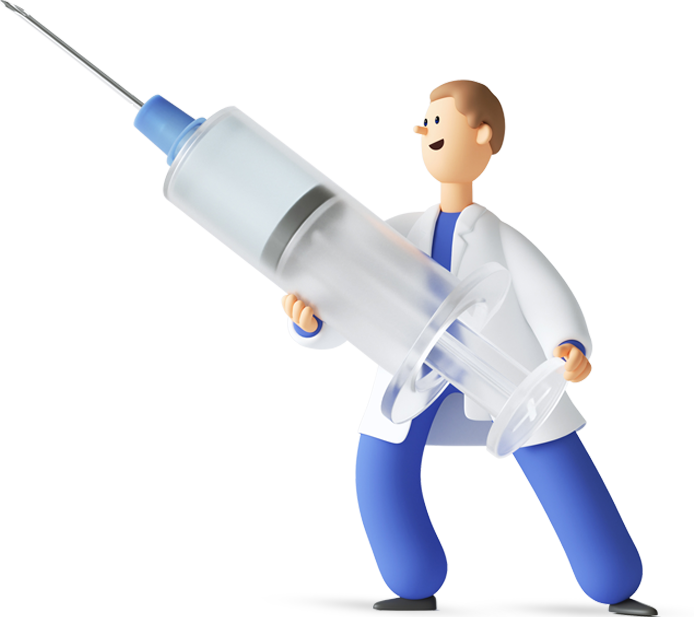
There are many myths surrounding piles that can create confusion and hinder effective treatment. Let’s debunk some of the most common misconceptions to help you understand this condition better.
Myth 1: Piles Only Affect Older Adults
- Fact: Piles can affect individuals of all ages, especially those with a sedentary lifestyle, poor diet, or those who are pregnant. Young adults, in particular, may experience piles due to stress, diet, or straining during bowel movements.
Myth 2: Surgery is the Only Option for Severe Piles
- Fact: While surgery may be necessary for some severe cases, many individuals with moderate piles can manage their symptoms with non-invasive treatments such as rubber band ligation, sclerotherapy, or laser treatment.
Myth 3: Piles are Always Painful
- Fact: Not all piles cause pain. Internal piles, for example, are typically painless but may cause bleeding. The severity of symptoms depends on the type and stage of the condition.
Myth 4: Piles Can Be Cured by Over-the-Counter Creams Alone
- Fact: While over-the-counter creams and ointments can provide relief from symptoms like itching and inflammation, they do not cure piles. A proper diagnosis and treatment plan from a specialist are essential for complete recovery.
Myth 5: Piles Are Caused by Poor Hygiene
- Fact: Piles are not caused by poor hygiene but rather by factors such as chronic constipation, pregnancy, obesity, and prolonged sitting. While maintaining good hygiene is important, it is not the primary cause of piles.
Myth 6: Piles Will Go Away on Their Own
- Fact: Piles may resolve with lifestyle changes and home remedies, but severe cases require medical intervention. Without proper treatment, piles can worsen, leading to more pain, bleeding, and complications.
Myth 7: Piles Are Only Caused by Constipation
- Fact: While constipation is a common cause of piles, other factors such as obesity, a sedentary lifestyle, pregnancy, and genetics can also contribute to their development.
By understanding the facts and dispelling myths about piles, patients can make informed decisions about their health and seek appropriate treatment for the best results.














